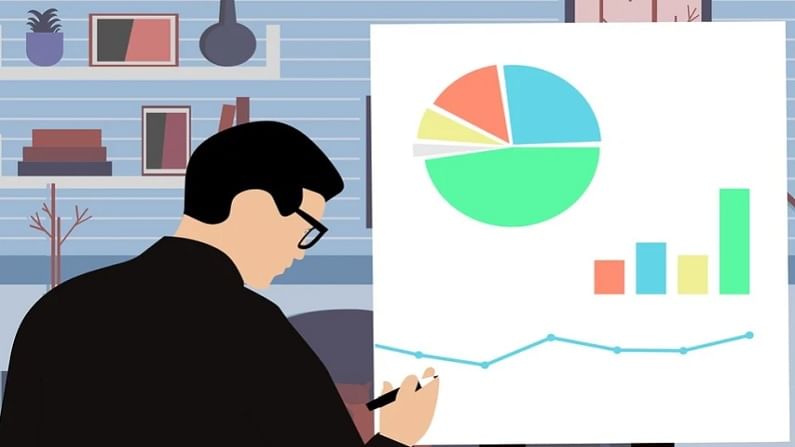Asset allocation key to meeting financial goals
Once we get the goals right – be it child’s education, child’s marriage, buying a home or building a retirement corpus – we can decide on our asset allocation.

Within a few days of touching the 50,000 mark, the BSE Sensex has retreated rapidly. Investors are uncertain and wary at these high valuation levels and are keenly awaiting the budget announcements.
What Finance Minister Nirmala Sitharaman will announce is anybody’s guess. However, ordinary investors should not be swayed by the noise of the upcoming big event and should base their investment decisions purely on their financial goals. Key to long-term wealth creation is proper asset allocation, which will help you to cut out decisions taken impulsively.
Once we get the goals right – be it child’s education, child’s marriage, buying a home or building a retirement corpus – we can decide on our asset allocation. Asset allocation is like a compass in a desert. It shows you the right path. For example, if your goal is within three to five years, then avoid having an equity-heavy portfolio. For short term goals you should ideally have exposure to bonds and fixed deposits where market movements would not impact your investments in a big way.
Here are a few things you should keep in mind on the three broad asset classes – equities, debt and gold:
Equities – Be diversified
Equities are the best means to beat inflation and create wealth in the long term. If your asset allocation and risk appetite permits exposure to equities, then you should think about it from the point of view of expected returns.
After a swift move up, the markets may consolidate for some time. You should moderate your expectations of returns. Do not jump with all your money in one go. Also, if you are investing in equities, you need to have spread your investment over various stocks and equity funds to build a diversified portfolio.
You could consider staggering your investments through systematic investment plans (SIP) or systematic transfer plans (STP) in diversified equity mutual funds. If you do not track a sector or a theme, you are better off investing in diversified equity funds.
However, stopping SIP or starting SIP should not be done just because you think the market is attractive or the market is overvalued, respectively.
Debt – stability matters
Bonds and fixed deposits are an essential part of all portfolios, especially if you have some near-term goals due in the next two-three years. Low yields on bank fixed deposits may put you off but it is better if you accept the reality and allocate some portion of money for stability. Though bond funds have given good returns over the last two-three years as the interest rates kept coming down, going forward the returns might be lower.
While investing in fixed income, most average investors are better off with good quality (high credit rating) fixed deposits and bonds. You could consider investing in banking & PSU bond funds and corporate bond funds. If you are worried about possible increase in interest rates, stay out of government securities (gilt) funds and long duration bond funds since these in most cases carry high duration and subject to interest rate risk. Credit risk funds though still offer better yields, are good choices for those who have a penchant for risk.
Gold – Will provide shine
Though gold has barely given any returns over the last six months after a stellar performance in the first half of CY2020, you are better off holding some gold in your portfolio. Allocate up to 5 to 10 per cent money to gold through gold exchange traded funds (ETFs) and/or sovereign gold bonds (SGBs). Gold will remain a hedge against uncertainties and with elevated equity valuations it could provide stability to the portfolio.
Investors have to be mindful of the interim volatility in the short term across all asset classes. Year 2020 saw all asset classes doing well. Portfolios of investors who prefer to diversify across asset classes with moderate risk appetite should do well going forward.